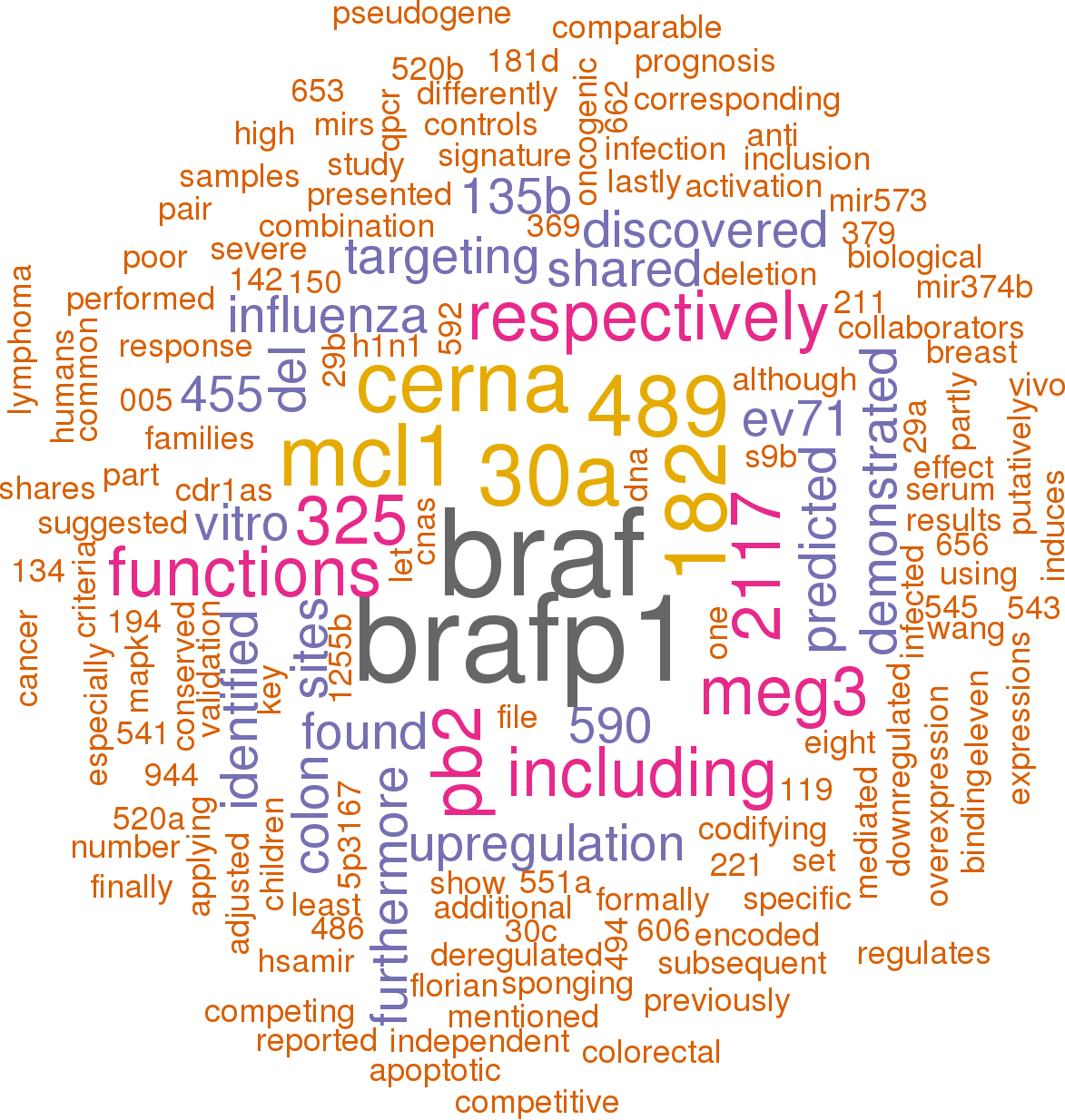Accession
MI0005542
Symbol
HGNC:
MIR876
Description
Homo sapiens
hsa-mir-876 precursor miRNA mir-876
Gene
family?
family?
RF00935;
mir-876
Summary
Caution, this is an AI generated summary based on literature. This may have errors. ?
MIR876 is a gene encoding for microRNAs, specifically miR-876–3p and miR-876–5p, which are implicated in the regulation of bone geometry and appendicular lean mass (ALM) [PMC3210160]. In a bivariate genome-wide association study (GWAS) conducted among Chinese individuals, MIR876, along with MIR873, was associated with femoral neck bone geometry and ALM [PMC3210160]. This study identified a cluster of 11 single nucleotide polymorphisms (SNPs) within the genomic regions of MIR876 and MIR873 that showed a strong association with ALM-BR in the Chinese population [PMC3210160]. Notably, two of these SNPs are located in the promoter region of MIR876 [PMC3210160]'>PMC3210160], which could suggest potential regulatory effects on gene expression. However, these associations were not replicated in US Caucasians [PMC3706967], indicating possible ethnic differences in genetic susceptibility. The exact biological mechanisms by which MIR876 influences bone and muscle metabolism remain to be elucidated [PMC3210160]. Additionally, research has identified miR-876-3p as a methylation-sensitive microRNA that could be involved in gene regulation through epigenetic modifications [PMC9582525]. In certain glioblastomas (pGBMs), deletions at 9p21.3 that include the MIR876 gene have been observed as well [PMC6388501], suggesting its potential role in disease pathology.
Literature search

11 open access papers mention hsa-mir-876
(15 sentences)
(15 sentences)
Sequence
724
reads,
13
reads per million, 59 experiments
ugaagugcugUGGAUUUCUUUGUGAAUCACCAuaucuaagcuaauguggUGGUGGUUUACAAAGUAAUUCAuagugcuuca
((((((((((((((((.((((((((((((((((..(.........)..)))))))))))))))).))))))))))))))))
((((((((((((((((.((((((((((((((((..(.........)..)))))))))))))))).))))))))))))))))
Structure
U au uaa
ugaagugcugUGGAUU CUUUGUGAAUCACCAu c g
|||||||||||||||| |||||||||||||||| | c
acuucgugauACUUAA GAAACAUUUGGUGGUg g u
U gu uaa
Annotation confidence
High
Do you think this miRNA is real?
Genome context
chr9: 28863626-28863706 [-]
Disease association
hsa-mir-876 is associated with one or more human diseases in the Human microRNA Disease Database
| Disease | Description | Category | PubMed ID |
|---|
Mature hsa-miR-876-5p
| Accession | MIMAT0004924 |
| Description | Homo sapiens hsa-miR-876-5p mature miRNA |
| Sequence | 11 - UGGAUUUCUUUGUGAAUCACCA - 32 |
| Evidence |
experimental
cloned [1] |
| Database links |



|
| Predicted targets |



|
Mature hsa-miR-876-3p
| Accession | MIMAT0004925 |
| Description | Homo sapiens hsa-miR-876-3p mature miRNA |
| Sequence | 50 - UGGUGGUUUACAAAGUAAUUCA - 71 |
| Evidence |
experimental
cloned [1] |
| Database links |



|
| Predicted targets |



|
References
|



